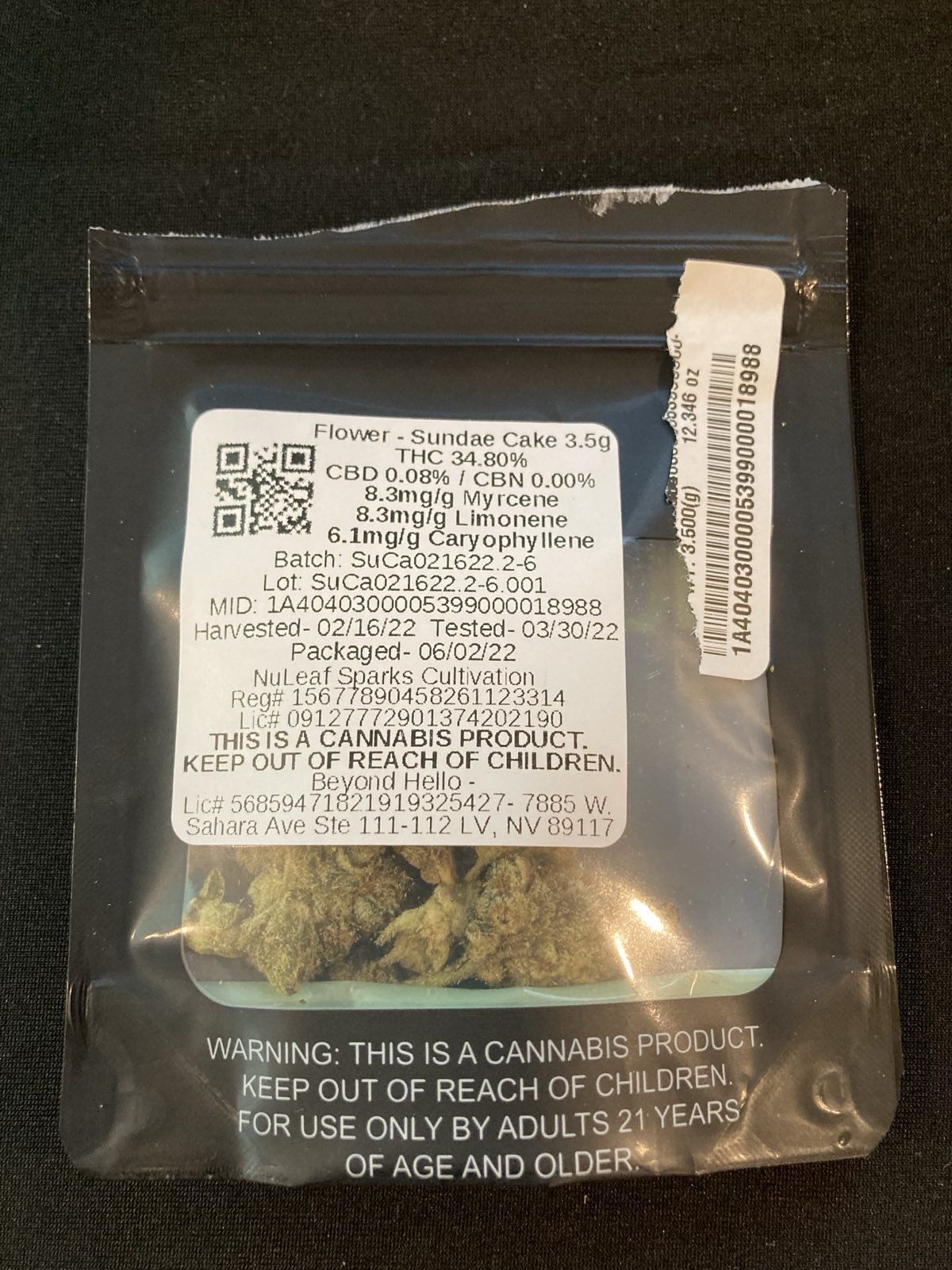Many consumers encounter two distinct categories of cannabis at dispensaries: medical and recreational. While both derive from the same plant, their menus, regulations, and purposes differ significantly. Understanding these differences is crucial for consumers to make informed choices and for the industry to cater effectively to diverse needs.
Purpose and Usage
The primary distinction lies in intent. Medical cannabis is prescribed to alleviate specific health conditions such as chronic pain, epilepsy, or multiple sclerosis. Patients must obtain a medical marijuana card, which involves a physician’s recommendation and registration with the state’s medical program. Recreational cannabis, conversely, is used for personal enjoyment and is available to adults over 21 without the need for medical justification.
Product Potency and Composition
Medical cannabis menus often feature products with higher cannabidiol (CBD) content and balanced THC:CBD ratios, aiming to provide therapeutic effects without intense psychoactivity. These products may include tinctures, capsules, and topicals designed for medical relief. Recreational menus typically offer products with higher tetrahydrocannabinol (THC) levels, catering to those seeking euphoria, relaxation, or creative stimulation.
Taxation and Cost
Financial considerations also differentiate the two categories. Medical cannabis is generally subject to lower taxes, making it more affordable for patients who rely on regular use. In many states, medical cannabis purchases are exempt from certain sales taxes, while recreational cannabis can incur combined taxes of up to 30% or more. This pricing structure ensures better accessibility for individuals using cannabis as medicine.
Purchase Limits and Age Restrictions
Medical patients are usually allowed to purchase and possess larger quantities of cannabis than recreational users. For example, in Massachusetts, registered medical patients can obtain up to a 60-day supply—roughly 10 ounces—while recreational users are limited to one ounce per transaction. Additionally, medical cannabis may be accessible to patients under 21 with proper authorization, whereas recreational use is restricted to adults 21 and older.
Legal Protections and Cultivation Rights
Medical cannabis patients often receive additional legal protections, such as employment-related safeguards and expanded cultivation rights. In states like Arizona, medical cardholders may legally grow up to 12 cannabis plants for personal use, compared to a limit of six for recreational users. These expanded rights help ensure consistent access to necessary medicine, particularly for patients living in rural areas or those with limited dispensary access.
Why Both Menus Are Necessary
Maintaining separate medical and recreational cannabis menus is essential to meeting the diverse needs of consumers. Medical menus offer tailored products, precise dosing, and lower costs to support health-related use, while recreational menus provide variety, potency, and accessibility for adults seeking personal use. This separation allows dispensaries to serve both populations responsibly, while enabling regulatory bodies to establish specific oversight and standards for each type of product.
In conclusion, although both medical and recreational cannabis come from the same source, their menus reflect unique regulatory, therapeutic, and consumer-focused distinctions. Dispensaries that recognize and support both categories contribute to a more inclusive and effective cannabis industry—one that accommodates the needs of both patients and adult consumers alike.

